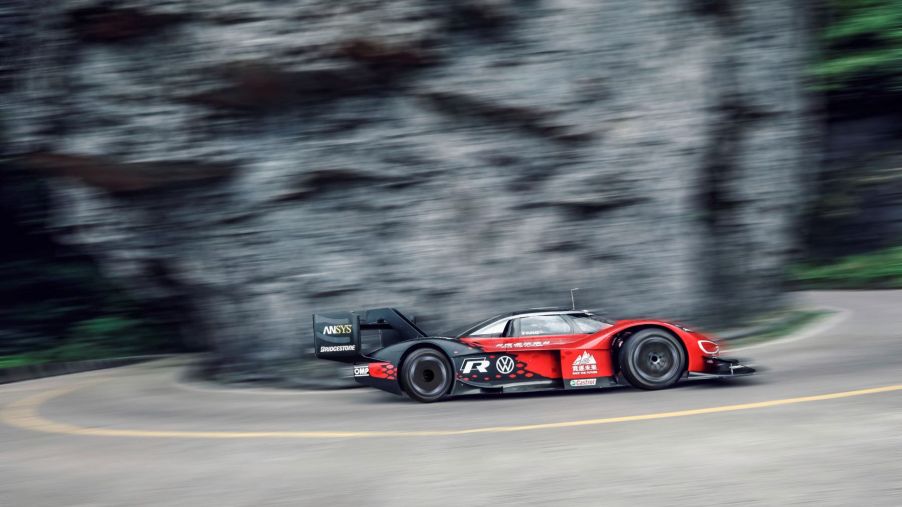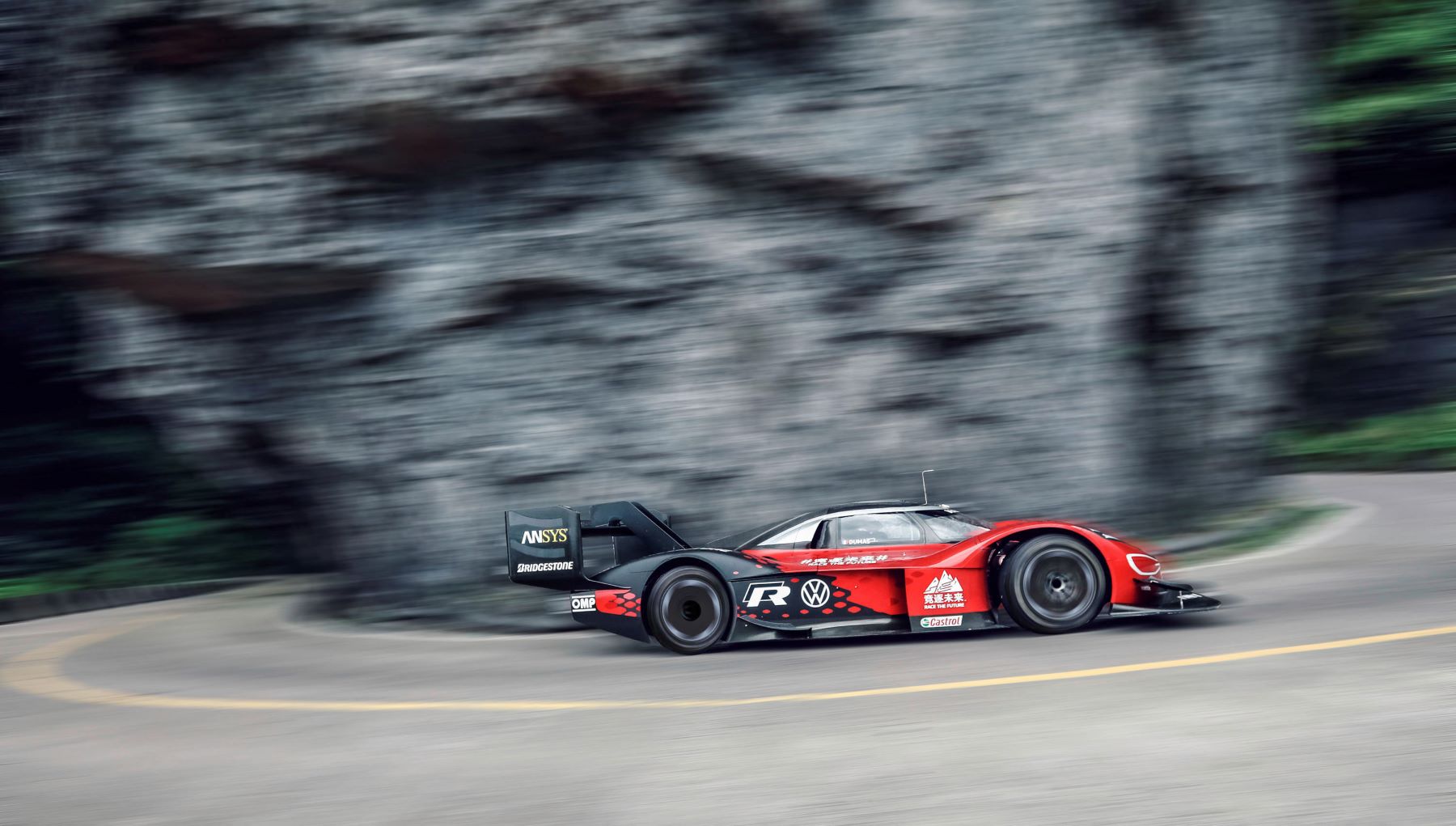
Instant Torque Helps Electric Cars Accelerate Faster Than Their Gas-Powered Compatriots
An emerging theme with modern EVs is that they’re stunningly quick, especially in drag races, since they use instant torque to achieve quick acceleration. Often, their gas-powered counterparts are left looking sluggish by comparison. In fact, multiple electric cars can accelerate from 0-60 mph in 2.6 seconds or less, like the Porsche Taycan Turbo S and Lucid Air Dream Edition.
Conversely, most fuel-powered cars typically seem slower off the line since they don’t have instant torque, and this difference can prove decisive in a ¼-mile race. Below is an explanation of instant torque and why it proves advantageous.
The relationship between torque and acceleration

If you’re unfamiliar with torque, Toyota describes it as a twisting force. For instance, if you open a bottle by twisting the cap, you’re applying torque, and it features heavily in the function of car engines and motors. Typically, torque is generated in the engine or motor and then transferred to the wheels to get them spinning.
Since it directly affects the power reaching the wheels, torque is essential when you’re accelerating your car. Consequently, the quickest cars to accelerate tend to have the most torque, which applies to both electric cars and their gas-powered compatriots. It’s also necessary for helping cars handle hard work such as towing trailers or going uphill.
Instant torque: what it is and how it’s achieved in EVs
With EVs, maximum torque is generated in the motor and delivered to the wheels almost instantaneously once you push the throttle. Conversely, it may take some time for gas-powered cars to achieve maximum torque. This is the main difference between instant torque in electric cars and regular torque in gas-powered vehicles.
As for how instant torque is achieved in EVs, Car Throttle attributes it to a lack of back electromotive force. Electric vehicles work by using batteries to power a motor, which helps create torque. This torque is then transferred to the wheels. Consequently, if you push more power to the motor by flooring the throttle, you should be creating more torque. However, electric motors also generate back electromotive force the faster they spin, reducing the effective voltage delivered.
In simple terms, if the total power is 150 volts and there’s some back electromotive force, say to the tune of 50 volts, the effective voltage is cut down to 100 volts. Consequently, only a portion of the available power is used to create torque and reaches the wheels.
As mentioned above, spinning the motor faster creates more back electromotive force. This cuts down further on the available power that can be used to produce torque. However, total power is available to create maximum torque if the motor isn’t spinning, such as when the car is at a standstill.
Why instant torque isn’t available in gas-powered cars
Concerning torque, internal combustion engines typically have one major problem: maximum torque can only be achieved at a certain level of engine performance. It’s often between 2,000 and 7,000 revolutions per minute. For instance, the 2022 Toyota Corolla Cross XLE 4WD trim achieves its maximum 151 lb-ft of torque at 4,400 rpm.
Notably, if the car isn’t moving, the engine performance and revs drop considerably to between 600 and 1,000 rpm. Car and Driver notes that there’s often some lag before getting the vehicle back to the optimal rev range. This also translates to a lag before you can get maximum torque.
The effect of instant torque on fuel economy
In EVs, instant torque provides an extra advantage in fuel consumption since maximum power is available from the get-go with no requirements to build up to it. Conversely, gas-powered cars achieve their highest fuel efficiency in higher gears, with lower gears consuming the most fuel.
Additionally, you can’t skip the lower gears in a fuel-powered car. Instead, you have to build up the rpm and engine performance before switching the gears up one by one. Of course, if the vehicle has more gears, this will take more time and consume more fuel.


